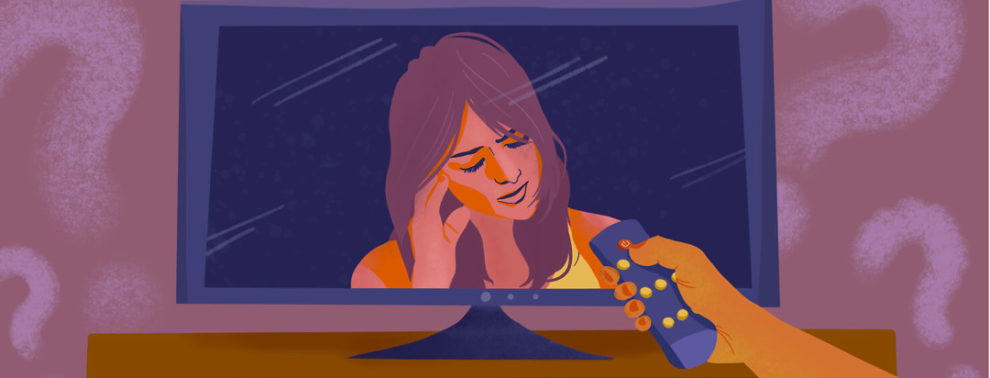If you regularly get migraines, you might find that certain triggers make you more likely to get a headache, whether it’s dehydration, bright lights, or getting too much screen time. And once your head starts to ache, the only thing you might want to do is lay in bed and watch your favorite movie. However, whether you’re watching it on your laptop or have a TV screen, this can put a lot of stress on your eyes, especially if you aren’t sitting correctly. By following a few tips, you can reduce the chances that you’ll get a headache while watching a movie.
Look into Using CBD Oil
If you get migraines regularly, you might want to consider making a few lifestyle changes. One of these might include using CBD oil for your headaches. This non-intoxicating cannabis product is becoming more popular, and it’s a good idea to do your research before deciding to use it. Look for a guide that gives you information on your condition, such as how to tell the difference between a regular headache and a migraine and ways to manage your pain. You’ll also learn how to use CBD oil.
Look at the Computer Settings
There are also a few simple changes you can make when watching a fun flick. For example, you might decide to look at the view mode. There are different display settings, depending on the kind of content you look at the most. So, if you’re going to be watching a lot of movies, you might want to set it to ‘film’. Then your screen can adjust itself, so you get the best experience.
You’ll also want to take steps to prevent it from flickering too much. Look at the refresh rate for this. That refers to the number of times the screen renews the image on it, and if the rate isn’t high enough, there might be some flickering, even if you don’t notice it. That puts more strain on your eyes than necessary, and it can lead to a migraine. Look under the advanced settings to adjust this rate and try to set it as high as it can go. It’s also a good idea to set the brightness so your eyes aren’t straining. For example, it’s not a good idea to have a bright screen when you’re in a dark room. Even if your room is dim, it’s still a good idea to let in at least a little light. Consider turning down the brightness of your screen as well.
Develop Good Sitting Habits
Whether sitting in bed or lounging on the couch, it’s important to take breaks often to try to reduce your symptoms. Stand up every so often and stretch your neck, back, and shoulder muscles. Look away from the screen at something in the distance so your eyes can rest. Taking breaks allow your brain and body to refresh themselves. When you’re sitting, make sure you practice good posture to prevent muscle aches or eye strain.















